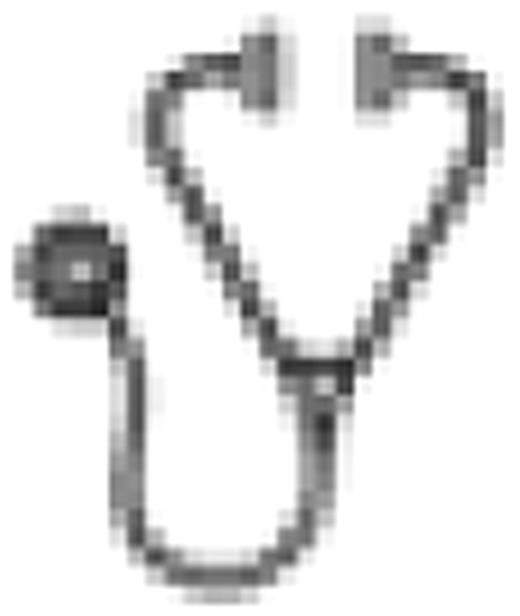Abstract
Abstract 3350
In the absence of serum hepatitis B (HB) surface antigen (HBsAg) and clinical evidence of HB, an occult HB virus (HBV) infection (OBI) is defined as the existence of HBV DNA in the serum, in the peripheral blood mononuclear cells (PBMC), and/or in the liver. Most frequently, OBI follows the resolution of acute hepatitis and continues indefinitely after HBsAg clearance and liver function improvement. Usually, this form of infection, termed secondary OBI (sOBI), is associated with the presence of serum anti-HB core antibodies (anti-HBc). Up to 20% of individuals with OBI do not react for either anti-HBc or any other serological indicator of HBV exposure. Consistent with the woodchuck model, this form of infection, termed primary OBI (pOBI), is characterized by the presence of DNA in both serum and PBMC, but not in the liver. Although reactivation of sOBI has been reported in a high proportion of hemopoietic stem cell transplant (HSCT) recipients, pOBI reactivation risk has not yet been fully investigated in the transplant setting. We followed up 9 long term surviving HSCT recipients with pOBI, in order to define its clinical significance in immune suppressed patients.
A total of 75 consecutive patients with hematological disease, receiving autologous or allogeneic HSCT between April 2006 and March 2007, were included in a database and retrospectively examined. As a prerequisite for inclusion in the study, each of the following was needed: (i) negative serological indicators of HBV exposure and absence of clinical signs/symptoms of hepatitis at the time of HSCT, (ii) positive HBV DNA, as detected by polymerase chain reaction (PCR), in both serum and PBMC samples drawn within 6 months before transplant, and (iii) availability of stocked frozen serum/PBMC samples collected after HSCT from each patient. Following these criteria, 9 patients (7 males, 2 females) were selected for the analysis. Five patients (1 Hodgkin disease, 3 non-Hodgkin lymphomas, and 1 B-cell chronic lymphocytic leukemia) received autologous HSCT, and 4 patients (1 acute myeloid leukemia, 1 multiple myeloma, 1 myelodysplastic syndrome, and 1 acute lymphoblastic leukemia) received allogeneic HSCT. Median age at transplant was 49 (range: 33–63) years. No patient received lamivudine prophylaxis. Serum and PBMC samples collected after HSCT were analyzed for HBV serology and DNA detection. The latter was performed by in-house PCR amplification by nested primers (detection limit 50 copies/ml) from highly conserved S region encompassing a-determinant of HBV. Direct sequencing of all HBV DNA amplified products was used to confirm the specificity of the reaction.
In 8 cases, one serum/PBMC sample per patient was available, at a median of 27 (range: 21–34) months after HSCT; in 1 case, three serum/PBMC samples were available, at 17, 22, and 28 months after HSCT, respectively. During follow-up, positive HBV DNA was found, both in the serum and in the PBMC. All patients were confirmed to be infected with HBV subgenotype D1, with mutations known to impair HBsAg antigenicity. Three patients were confirmed to be further infected with HBV subgenotype A2. So far, 41 to 52 months after transplant (median: 46 months), neither patients showed seroconversion nor developed clinical hepatitis, suggesting pOBI persistence.
Although the virus persisting in pOBI remains biologically competent, it is likely neither to reach liver-pathogenic doses nor to induce “classical” HBV reactivation during PBMC-restricted replication. However, prospective studies with large sample size and long-term follow-up are warranted, to define the actual clinical relevance of HBV occult infection. Indeed, OBI with low viremia could induce DNA damage, cellular demise, immune hypo-responsiveness, and oxidative stress in peripheral blood lymphocytes.
No relevant conflicts of interest to declare.

This icon denotes an abstract that is clinically relevant.
Author notes
Asterisk with author names denotes non-ASH members.

